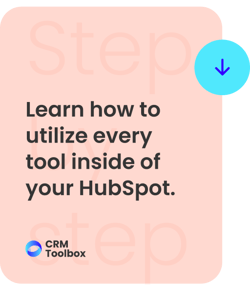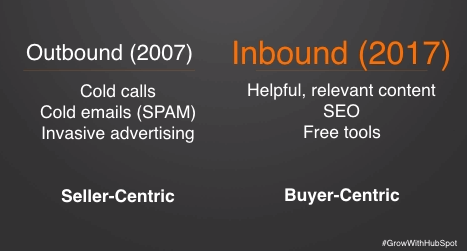Subscribe to ur Blog

How to set your business goals
Izzy
Businesses that have specific objectives and a detailed plan on how to reach these predefined objectives are usually more successful than those that don’t.
Using specific marketing objectives means focusing on one goal per plan to maximize efficiency. Businesses often want to achieve several marketing objectives simultaneously. But each objective needs to have its own plan to be effective.
For example, 5% increase in leads every month and expand service offering out to a new target demographic, then there would be a separate plan for each of the objectives. Whether you have short-term or long-term goals to grow your business, this planning template can help you manage the process.
This template will help you clearly describe your goals, set a deadline for meeting them, and understand the desired result. This will all be accomplished by focusing on SMART, a methodology that helps you make, well, SMART Marketing Goals! Before jumping to the template, let's review what SMART stands for.
Specific
When creating a goal, you want it to be as short, crisp, and specific as possible. Having "a good marketing year" isn't a reflection of what your company actually accomplished. Imagine that your boss is about to leave for vacation, and you have less than 90 seconds until they run out the door, and all they want is to quickly hear what next year's goal is -- what are you going to tell them that concisely explains your plans?
Measurable
Oftentimes, companies say they want to "increase their social media following." While that is a goal, it's not a trackable goal. For example, if you start the new year with 100 followers and end with 101, technically, you met your set goal. But if you switch that goal to read, "We want to increase social media following by 25%," suddenly you can measure your progress every month to see if you're on track to ultimately jumping from 100 to 125 followers. Now you really know you hit your goal -- hopefully, it's more ambitious than this example!
Attainable
While having history-breaking goals is beneficial, here at HubSpot, we're all about breaking records -- it's still important to keep these goals realistic. For example, if you've generated an average of 10 leads every month in your company history, jumping to 2,000 leads per month would be a drastic change. Many businesses do this to push employees and to "go as far as they possibly can." But in reality, all this does is discourage the worker, as they see they can never actually be successful. SMART goals are goals you can actually achieve.
Relevant
Why have a goal if the goal doesn't matter? For example, say you're a teddy bear business that, at maximum, can only sell 1,000 teddy bears per month. In this situation, your goal likely shouldn't be to "increase production of teddy bears from 1,000 per month to 5,000 per month." While it's great you have more products if your existing distributors won't buy more, why bother? Instead, your goal should be something along the lines of "increase distribution channels by X%."
Time-Bound
While having all the aforementioned help develop a solid goal, you need to ensure you have a timeline for meeting that goal. So again, going back to the teddy bear example, if you decide your goal is to increase distribution channels, you need to know when you will accomplish this to know when to start working on a secondary goal of increasing teddy bear production.
You don't want a situation where you end up with more toy stores taking your teddy bears but no teddy bears to give. Oh, the horror!
Related Reads
Master HubSpot tools & unleash a world of endless possibilities!
Unlock Your HubSpot Powerhouse: Contact Us to Transform Your Digital Journey!

Izzy
My name is Izzy and I am a co-founder of CRM Toolbox, an award-winning HubSpot Solutions Partner. I lead our team of consultants who provide professional guidance to help businesses implement the HubSpot CRM platform migrate, integrate their tech stack to HubSpot to create a seamless environment for sales reps to use. There is nothing I love more than solving the challenges that come up when someone wants to migrate an old system or integrate their tech stack with HubSpot - it's like a puzzle!
Subscribe to our blog
The best information about inbound marketing, sales, guides and migrations.



